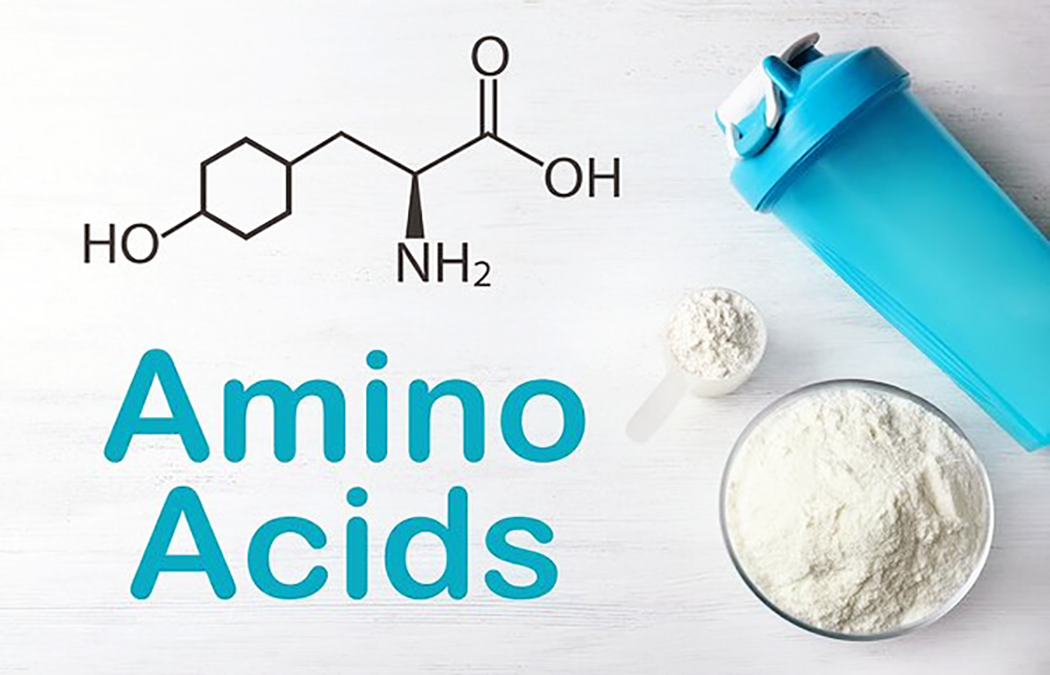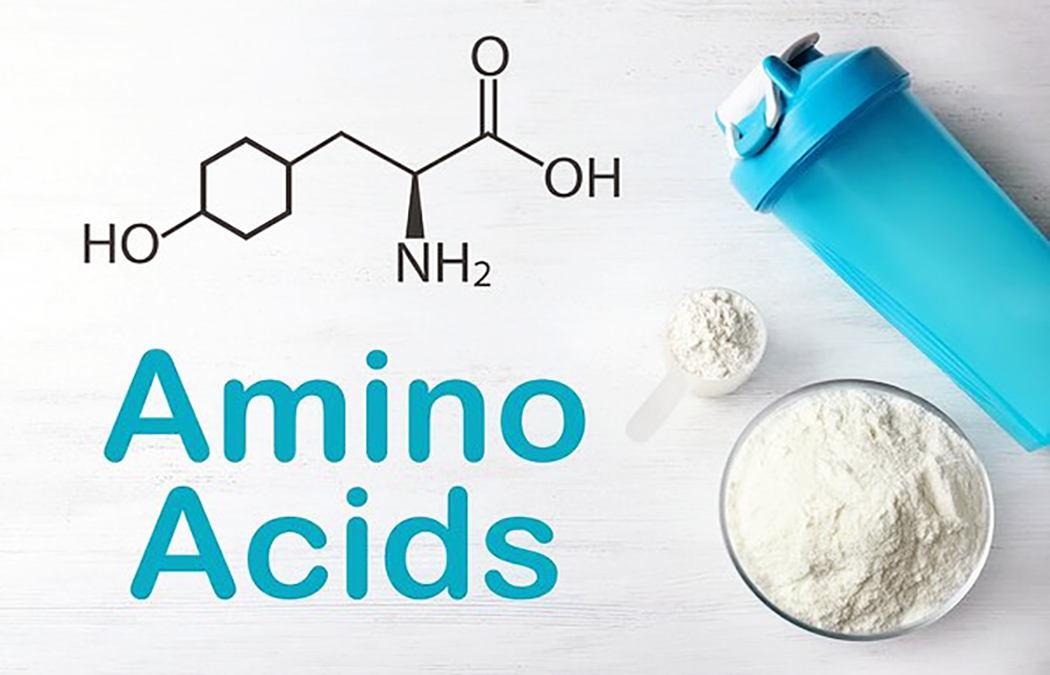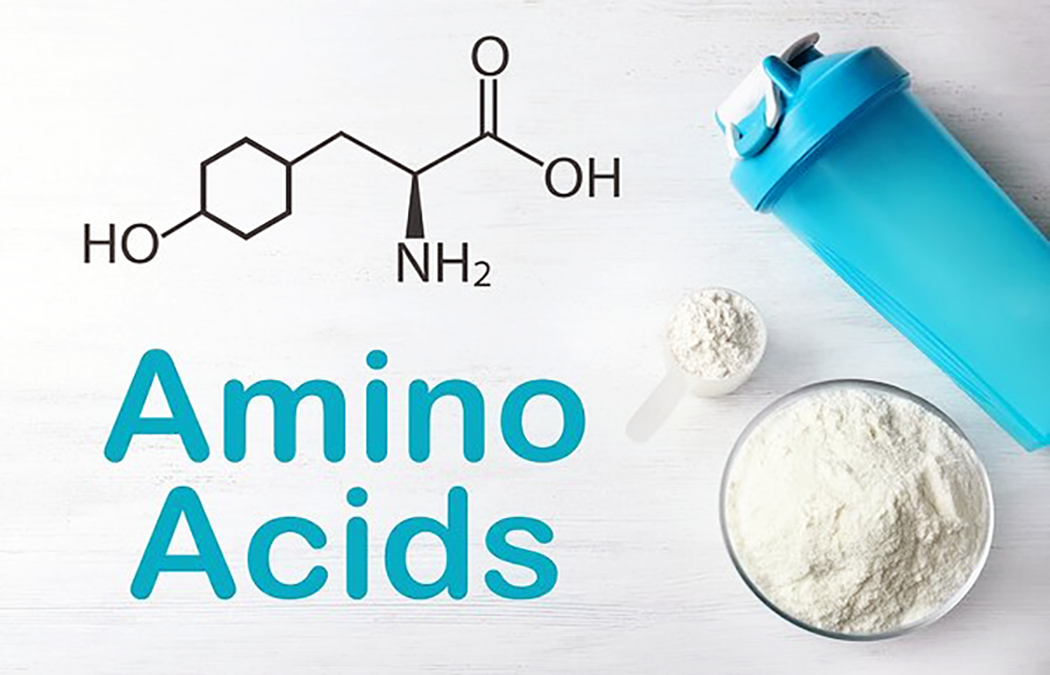NUSTART InSights

Adrenal fatigue is a condition that affects many individuals, causing a range of symptoms such as fatigue, difficulty concentrating, and even weight gain. It occurs when the adrenal glands, which are responsible for producing hormones that regulate our body's response to stress, become overworked and exhausted. To combat adrenal fatigue and restore balance to the body, many people turn to cleansing techniques. But what is the connection between adrenal fatigue and cleansing? Let's explore this topic further.
What is Adrenal Fatigue?
Adrenal fatigue is not yet recognized as a medical condition by conventional medicine, but it is a term used to describe a collection of symptoms that occur when the adrenal glands are not functioning optimally. These symptoms can include chronic fatigue, brain fog, a weakened immune system, and even depression. Adrenal fatigue is often caused by chronic stress, poor diet, lack of sleep, and other lifestyle factors.

What is Insulin?
Insulin is a hormone produced by the pancreas that plays a crucial role in regulating blood sugar levels. It allows cells in the body to take in glucose from the bloodstream and use it as a source of energy. Without insulin, glucose cannot enter the cells and remains in the bloodstream, leading to high blood sugar levels.
How Does Insulin Work?
When you consume carbohydrates, your body breaks them down into glucose, which enters the bloodstream. In response, the pancreas releases insulin to help transport glucose into the cells. Insulin acts as a key that unlocks the cells, allowing glucose to enter and be used for energy.
Insulin Spikes and Health Risks

How We Know How Much Of A Protein Source Is Used Vs How Much Is Converted To Energy (Calories)
The key elements of an amino acid are carbon, hydrogen, oxygen, and nitrogen.
“Amino acid decomposition results in hydrocarbons and nitrogenous waste. However, high concentrations of nitrogen are toxic, as they produce ammonium ions. The urea cycle processes nitrogen and facilitates its excretion from the body.”
This element of nitrogen as a component of an amino acid is key.
When an amino acid is deaminated, this nitrogen is released. This is measurable largely through urine, and to a lesser degree through fecal matter and sweat, and is what allows for the precise measurement of amino acid utilization within the human body.

GLUCONEOGENESIS: HOW PROTEIN IS CONVERTED TO ENERGY (CALORIES)
When your body has excess sugar (carbohydrates) that it doesn’t need, it has a way to save it for later.
It connects each individual sugar molecule together into chains. These chains of sugar are called glycogen, and they’re stored in your muscles and liver.
When your cells need more energy, and there is no more sugar in your bloodstream, your body breaks these glycogen chains back down into individual sugars and releases them into the bloodstream for your cells to use.
And if your body has so much excess sugar that it has filled all of the body’s glycogen stores and still has more, then it connects these sugars to fatty acids, forming triglycerides, and stores them in our fat cells as body fat.

ESSENTIAL AMINO ACIDS VS NON-ESSENTIAL AMINO ACIDS
There are two main types of amino acids: Essential Amino Acids and Non-Essential Amino Acids. These are also known as Indispensable Amino Acids and Dispensable Amino Acids.
Non-Essential Amino Acids, or Dispensable Amino Acids, are amino acids the human body can make (synthesize) on its own, and so do not require from outside protein sources in your diet.
Essential Amino Acids (EAAs), or Indispensable Amino Acids, are amino acids the body can not produce on its own, so we must acquire them from an outside protein source.
But the trick here is that the non-essential amino acids are made by using the essential amino acids.




